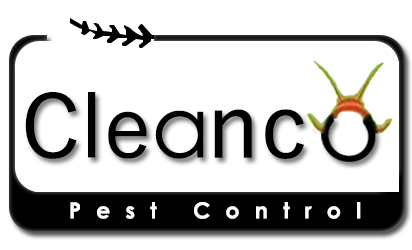Pesticide waste is any substance or material containing pesticide that cannot or will not be used and will be discarded and disposed of. By definition, pesticide wastes are “hazardous wastes” in CLEANCO. Pesticide wastes include:
-Surplus spray solution, ultra-low volume (ULV) spray concentrate, dusts, granules, or baits remaining in or removed from the application equipment (such as tanks, hoppers, booms, hoses) after use.
-Pesticide-contaminated water produced by cleaning the interior surfaces of the pesticide application equipment or from rinsing empty pesticide containers.
-Pesticide-contaminated absorbent, water, or other materials generated from cleaning up spilled spray solutions.
-Empty, contaminated (unrinsed) pesticide containers.
Note: Spills of all pesticides, including pesticide wastes, should be reported to the CLEANCO Emergency Management Division (01277119596) and must be cleaned up according Toxido revised regulation.
2-Manage hazardous wastes
CLEANCO waste management system depended on how much waste your facility generates per month. The rules depend on how much is generated, how much is stored, and how long it is stored.
3-Waste handling procedure
The CLEANCO waste handling procedure for regularly wastes that happen in project.
CLEANCO Instructions for waste management in store
K Avoid leftover diluted pesticides by mixing only the amount needed for the current job or day.
KFollow all label instructions for the disposal of pesticides and their containers. NEVER reuse a container unless it is a designated refillable pesticide container.
K The best way to dispose of small amounts of excess pesticide is to apply it according to label directions. If this is not possible, excess pesticides may be able to be returned to the pesticide manufacturer. Unusable pesticides which meet criteria of the SDDA’s Waste Pesticide program may be disposed of at no charge. All products must be pre-registered with the department.
KTriple rinse or pressure rinse empty pesticide containers then dispose of them using any one of the following methods described in South Dakota Administrative Rule 12:56:02.
- Landfill – Properly rinsed containers can be disposed of at permitted landfills.
- Bury – Small quantities of properly rinsed containers can be buried in open fields by the pesticide user if the amounts do not exceed more than one day’s accumulation or 50 pounds.
KWhen disposing of pesticides or their containers, make sure that the method does not cause or allow the contamination of water, the environment, or human or animal food.
KNever reuse a pesticide container. Even after proper rinsing, containers still contain




